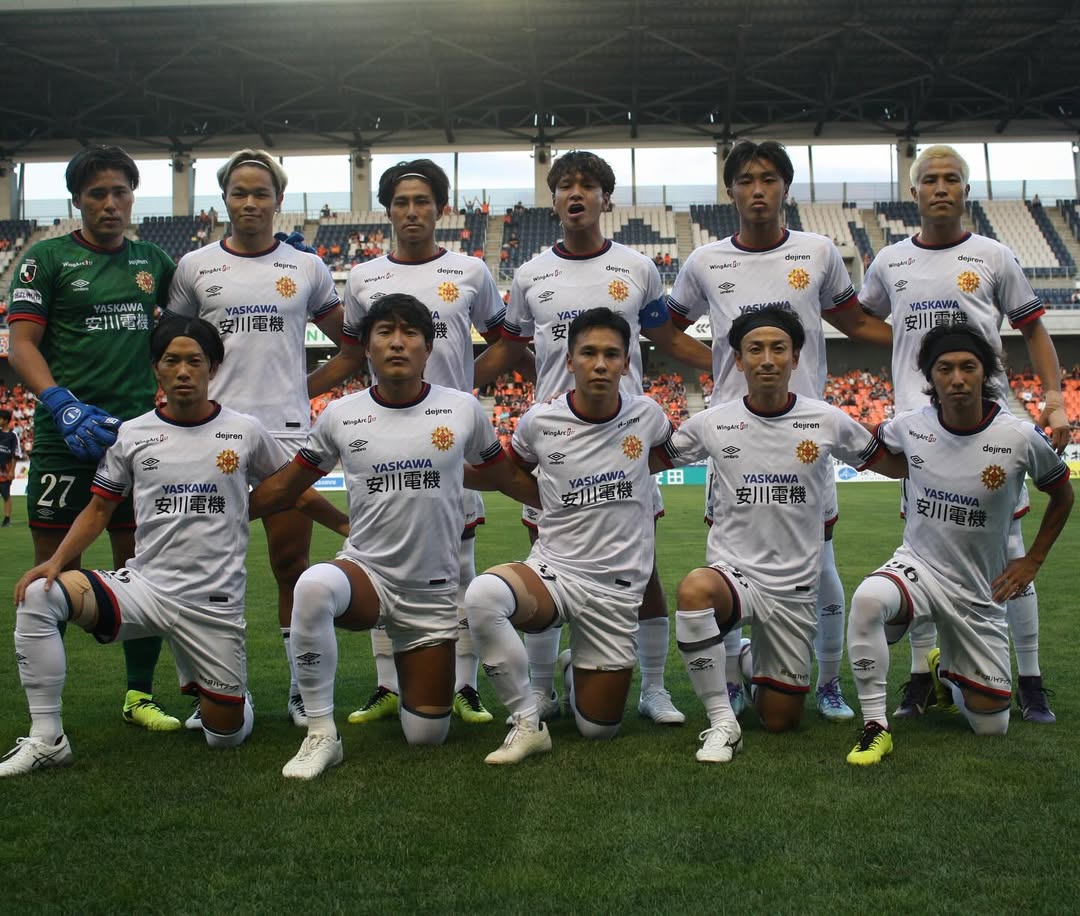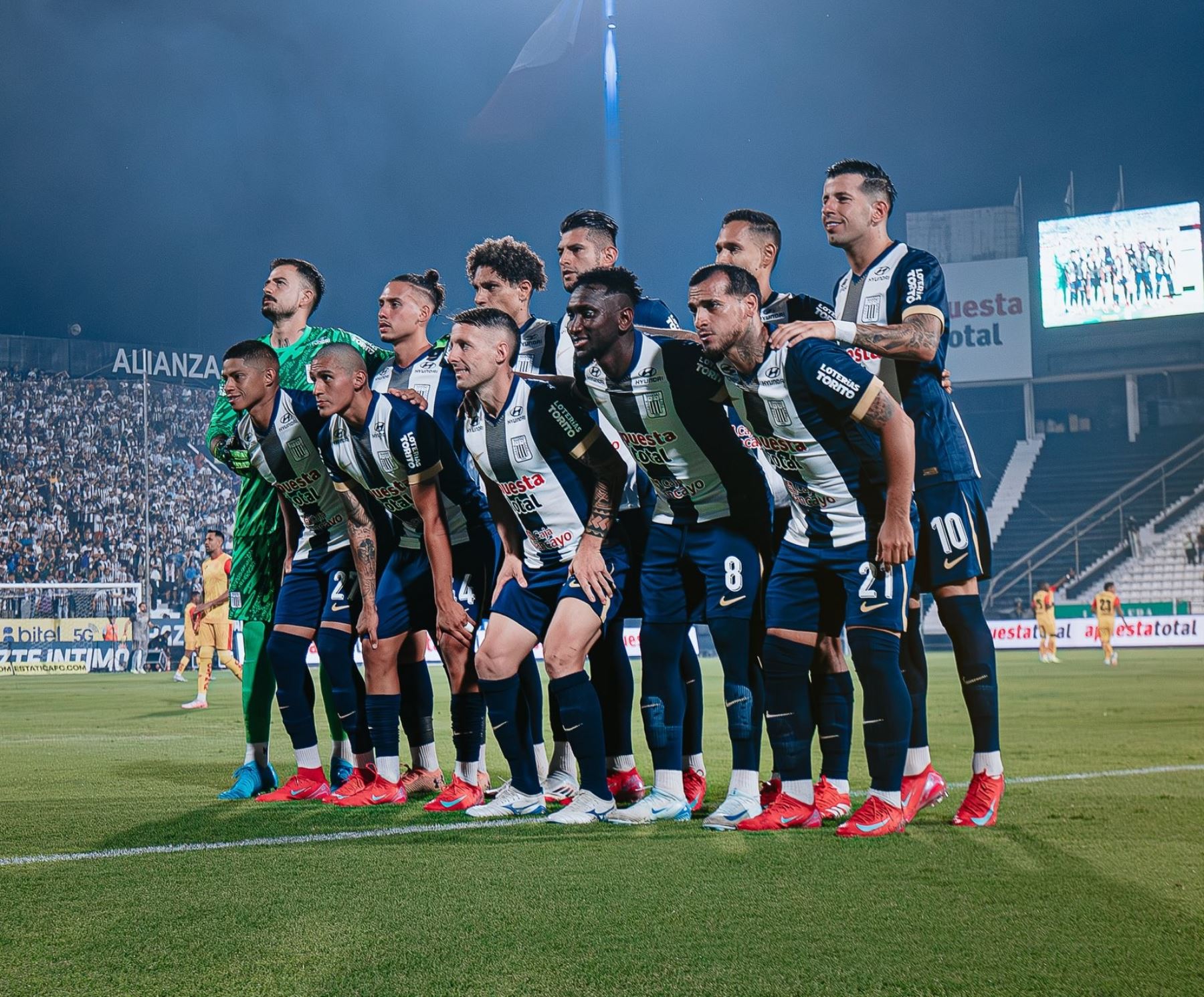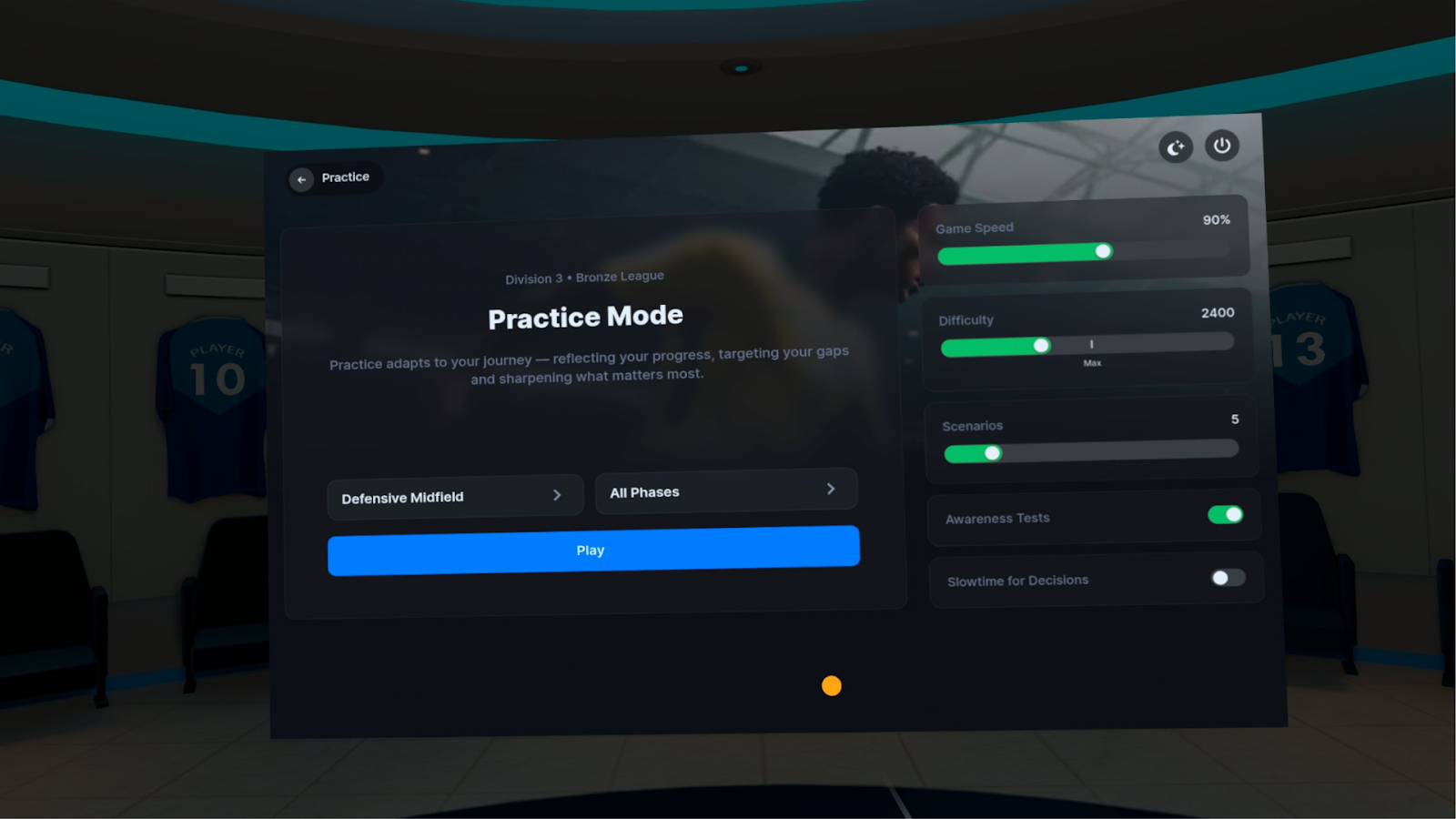Soccer formations provide a framework of how a team positions its players on the field. Understanding different systems, including their strengths and weaknesses, helps players and coaches deepen their knowledge of the game.
In this blog, we'll explore some of the most notable shapes used in the sport, starting with the 4-4-2 soccer formation. We'll provide insights on how each intend to balance defensive stability and offensive purpose. Plus, how to implement aspects of different formations in youth soccer within smaller 7v7 and 9v9 games.
4-4-2 Soccer Formation
The 4 4 2 soccer formation is one of the most traditional setups in soccer. Consisting of 4 defenders, 4 midfielders, and 2 forwards, this offers a balanced structure across the field.

Strengths:
- Balance: The 4-4-2 formation provides a solid defensive shape while offering numbers in attack. The wide players can drop back to help the defense or push forward to provide width in attack.
- Coverage: The two banks of four can shuffle across the field in unison, ensuring good central and wide coverage.
- Simplicity: Easy for players, at all levels, to understand and execute their roles.
- Two Strikers: Playing with two strikers offers more goal threat in a team. Coaches can pair a complementary duo of forwards together, like a target man and a speedy poacher. Or, pick two goal scorers like Real Madrid did with Raul and Fernando Morientes in the early noughties.
Weaknesses:
- Predictable: This formation can be somewhat predictable to defend, with players operating on similar horizontal and vertical lines. To avoid this, team's need to use player rotations and coordinated movements.
- Flat Lines: Two flat lines of four risk the opponents exploiting the spaces between the lines.
- Central Midfield: Other formations often consist of three central midfielders, so the two in a 4-4-2 can get overloaded.
Famous Teams:
Manchester United under Sir Alex Ferguson famously used this formation, particularly during their Premier League dominance in the 1990s and 2000s. Italy’s national team also relied on the 4-4-2 during their victorious 2006 World Cup campaign.
Youth Soccer:
In 7v7 soccer formations, coaches can adapt this to 1 goalkeeper, 2 defenders, 2 midfielders, and 2 forwards. In 9v9, a suitable system to use is 1 goalkeeper, 3 defenders, 3 midfield players, and 2 forwards. Both of these replica shapes offer balance across the pitch and within each unit, much like the 4-4-2 does.
4-3-3 Soccer Formation
The 4-3-3 formation includes 4 defenders, 3 midfielders, and 3 attacking players. Commonly associated with a possession-based style of play, this formation gives teams the ability to dominate central areas.

Strengths:
- Midfield Control: The three midfielders work together to control the game, providing support to both the defense and attack.
- Attacking Presence: The central striker occupies the heart of the opposition defense with two wide forwards either side. These wide forwards can attack on the wings or invert infield to combine centrally.
- Triangles: The 4 3 3 soccer formation helps form triangles between players, creating multiple passing options.
Weaknesses:
- Exposure: To be effective, the wide forwards must track back, and the midfielders must maintain balance. If not, teams risk leaving themselves exposed in defense and in transition.
- Isolation: Strikers playing the lone forward role need support from wingers and midfielders or they can become isolated. The same can apply to the deepest central midfielder if his two partners become too advanced.
Famous Teams:
Barcelona, under Pep Guardiola, were synonymous with the 4-3-3, utilizing the midfield brilliance of Xavi, Iniesta, and Busquets. Liverpool, under Jurgen Klopp, also thrived with this formation using high press and dynamic attacking.
Youth Soccer:
In 7v7, a 2-3-1 system helps recreate similar passing angles to a 4-3-3. Additionally, it exposes the midfielders to balance attacking play with defensive responsibilities. In a 9v9 soccer formation, a 4-3-1 replicates two full units of a 4-3-3 creating realistic scenarios. Plus, the lone striker will get familiar with the different responsibilities required to play the role effectively.
4-2-3-1 Soccer Formation
This formation features 4 defenders, 2 defensive midfielders, 3 attacking midfielders, and 1 forward. The 4-2-3-1 soccer formation is similar to the 4-3-3 but involves a number 10 playing higher.

Strengths:
- Number 10: This formations affords the opportunity to play a number 10 who links a team's midfield and attack. They offer an overload or numerical parity in midfield and take the primary responsibility to create chances.
- Protection: The two defensive midfielders help shield the defense, allowing forward players to focus more on attacking. It even allows fullbacks to join the attack more with less of fear of leaving the team too exposed.
Weaknesses:
- Imbalance: If the three attacking midfielders abandon their defensive duties the team can become disconnected. Leaving the double pivot and back four outnumbered.
- Responsibilities: The double pivot have a lot of responsibilities and need to be tactically aware and strong defensively. Sensing danger before it happens and supporting play when needed.
Famous Teams:
Jose Mourinho implemented the 4-2-3-1 to great effect during his successful periods at both Chelsea and Inter Milan.
Youth Soccer:
7v7 and 9v9 youth teams can use a variety of systems to prepare for playing a 4-2-3-1 in 11v11 soccer. Focuses should be on using two defensive midfielders and multiple attackers. Teach players how to maximise the advantages of the system whilst finding solutions to deal with the downsides.
4-Diamond-2 (4-4-2 with a Diamond Midfield) Soccer Formation
The 4-Diamond-2 formation features 4 defenders, 4 midfielders arranged in a diamond shape, and 2 forwards. This shape is a variation of 4-4-2 but with less focus on width in midfield.

Strengths:
- Control: The purpose of the four narrow midfielders is to gain advantages in central areas. Aiming to create overloads to control possession and dictate the tempo of the game.
- Flexibility: The midfield four can rotate positions, creating a fluid attack. Whilst the midfielders typically stay narrow, they can roam wide offering a varied attacking threat.
- Two Strikers: Like the 4-4-2, this shape uses two forwards offering an attacking presence. This strike duo help occupy the opposition backline creating more space for their midfield.
Weaknesses:
- Fullback Vulnerability: Due to the narrow midfield the opposition can create numerical overloads in wide areas against the fullbacks.
- Lack of Width: Without wingers, the team can become narrow in attack, making it easier for the opposition to defend.
Famous Teams:
AC Milan under Carlo Ancelotti is one of the most famous examples of the 4-Diamond-2 formation. Ancelotti used this setup to great success, particularly during their Champions League victories in 2003 and 2007. The formation allowed Milan to play multiple midfield talents like Andrea Pirlo, Clarence Seedorf, Rui Costa and Kaka in the same team.
Youth Soccer:
In 7v7 and 9v9 small-sided games, youth teams can still implement aspects of the 4-Diamond-2. Emphasis should be placed on playing centrally helping players the importance of central control.
3-4-3 Soccer Formation
The 3-4-3 soccer formation uses 3 central defenders, 2 central midfielders, 2 wing-backs and a trio of attackers. Nowadays teams use a narrow front three, with 2 number 10s supporting a single centre-forward.

Strengths:
- Balance: The formation allows teams to commit five players in attack (wing-backs and three forwards) and five players to protect against counterattacks.
- Attacking Options: The wing-backs offer a wide threat and three attackers a central one. This can overload and stretch an opposition with a back four.
- Flexibility: When protecting the penalty box the wing-backs can drop deeper to form a back five providing extra defensive solidity.
Weaknesses:
- Defensive Risk: The 3 defenders can be exposed against counterattacks, particularly when the wing-backs push forward.
- Midfield Underload: The two central midfielders can be overloaded against teams that play with three.
- Physical Demand: As wing-backs need to support both offensively and defensively it requires high levels of stamina.
Famous Teams:
Antonio Conte won the Premier League and FA Cup using a 3-4-3 at Chelsea. Setting a record for most wins in a single Premier League campaign, winning 30 of the 38 matches.
3-5-2 Soccer Formation
The 3-5-2 soccer formation uses 3 defenders, 5 midfielders, and 2 forwards. The midfield is key to this formation, with the central trio offering both defensive cover and creative attacking support.

Strengths:
- Midfield Dominance: The 5 midfielders can control possession and create overloads in the center of the field.
- Wing Play: The wide midfielders, or wing-backs, provide width, which can be crucial in breaking down opposition defenses.
Weaknesses:
- Defensive Gaps: With 3 defenders, the team can be vulnerable to attacks down the flanks or counterattacks.
- Physical Demand: As wing-backs need to support both offensively and defensively it requires high levels of stamina.
Famous Teams:
Juventus used the 3-5-2 successfully in the 2010s, with players like Andrea Pirlo and Arturo Vidal controlling the midfield. Italy also used the formation during their 2006 World Cup-winning campaign.
Youth Soccer:
In 7v7 and 9v9 iterations, youth coaches that want to prepare players to play in a 3-4-3 or 3-5-2 should aim to create an imbalance between defense and midfield. The onus should be on having more midfielders than defenders to help players used to getting forward and tracking back.
Other Soccer Formations
Other notable soccer formations include:
- The 4-1-4-1 formation which consists of 4 defenders, 1 central defensive midfielder, 4 midfielders, and 1 forward. This setup provides a solid defensive base while offering plenty of attacking options through the midfield.
- The 3-4-2-1 formation is a variant of the 3-4-3, with two attacking midfielders instead of wingers. It provides a compact yet dynamic shape, with the two attacking midfielders offering support to the lone striker, while the wing-backs provide width.
- The 4-4-1-1 formation is another variation of the 4-4-2, but with one central attacking midfielder sitting behind the lone forward. This allows for greater flexibility in attack, as the attacking midfielder can support the striker and midfield.
- The 4-3-2-1, often referred to as the Christmas Tree formation, uses 4 defenders, 3 central midfielders, 2 number 10s and 1 single striker.
Wrap Up
This concludes our 101 on soccer formations, including each's respective upsides and downsides. Understanding how different teams function is vital for both players and coaches. To further expand your soccer IQ, sign up to our Game Intelligence Series today and receive 7-days worth of free educational video content direct to your inbox.

.png)



